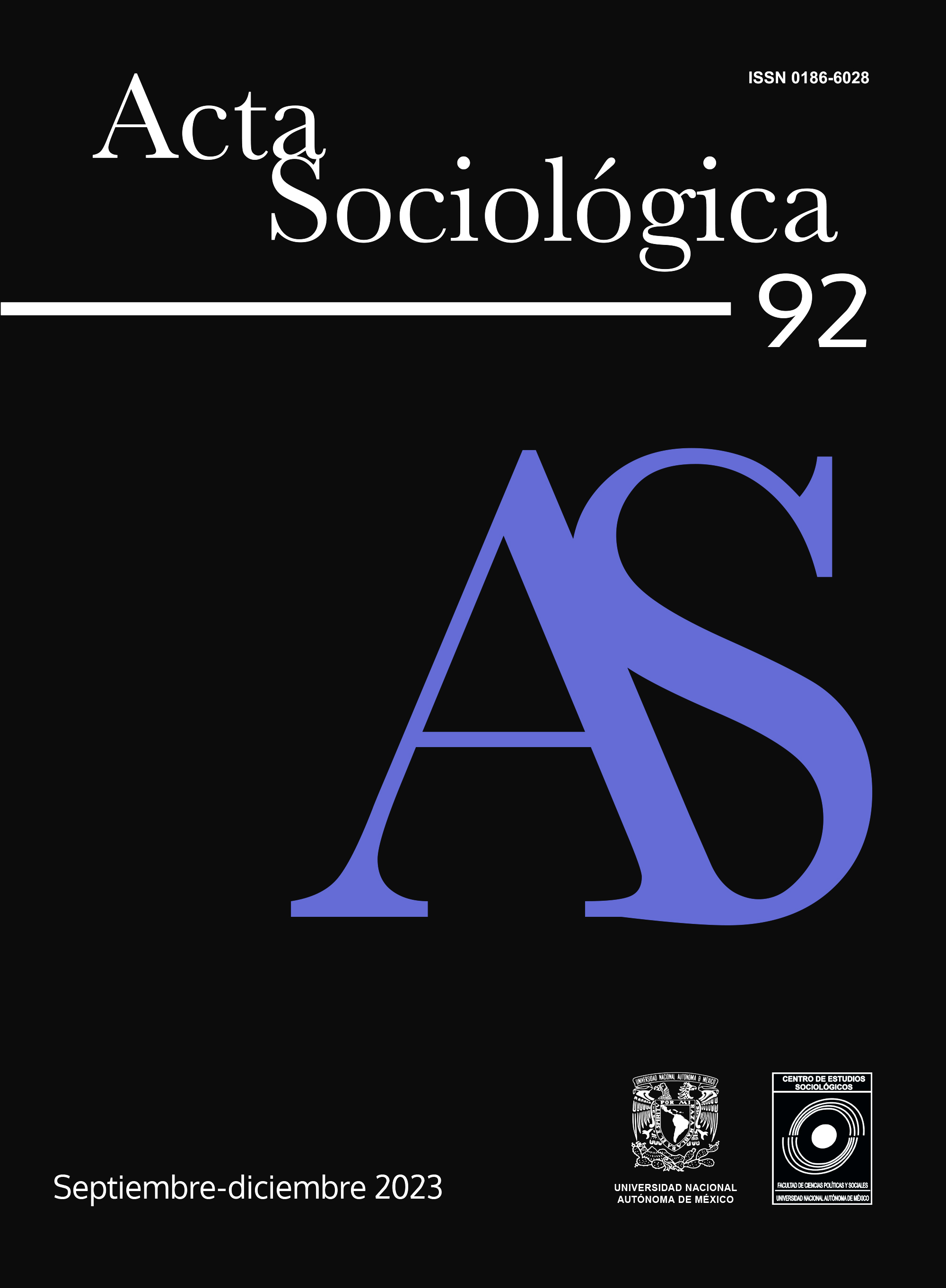The infrastructure of religion: Materiality and meaning in ordinary urbanism
Main Article Content
Abstract
This article draws on the infrastructural turn in urban studies to explore the profane materialities that enable certain forms of urban religion. Starting from the premise that cities are configurations of spaces, actors and materialities characterized by dominant modes of belonging, hegemonic definitions of public space and hierarchical arrangements of spatial uses, infrastructures are a central element of the material foundations of cities. Based on ethnographic research in Cape Town, I developed the notion of “infrastructuralizing religion” as a new mode of spatializing religion. Infrastructuralizing practices draw religious life into the profane realm of ordinary urbanism, where religious meanings collide with bureaucratization machines, divergent investments in scarce space, and criminal economies. I argue
that infrastructuration is an important complement to architecture and place-making as hitherto dominant concepts for the analysis of urban religion.
